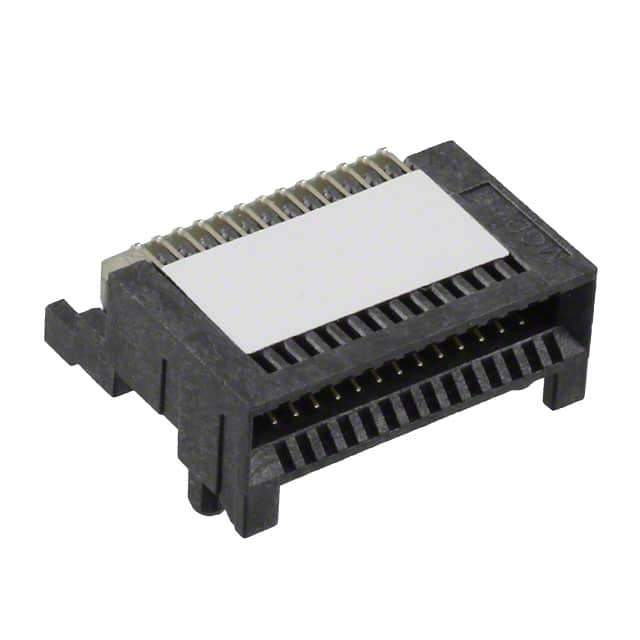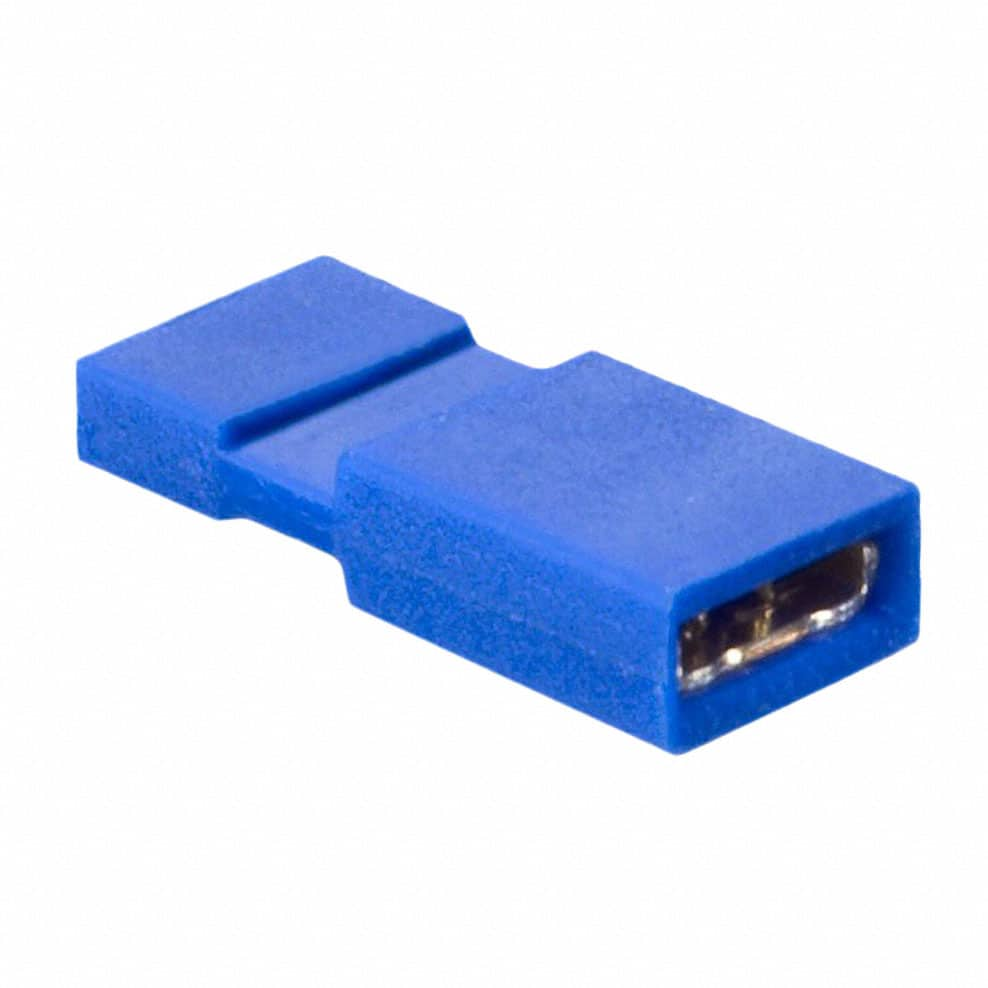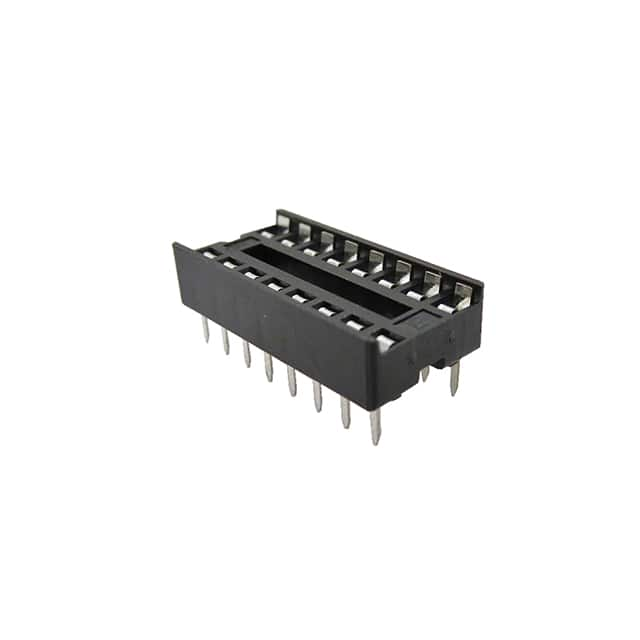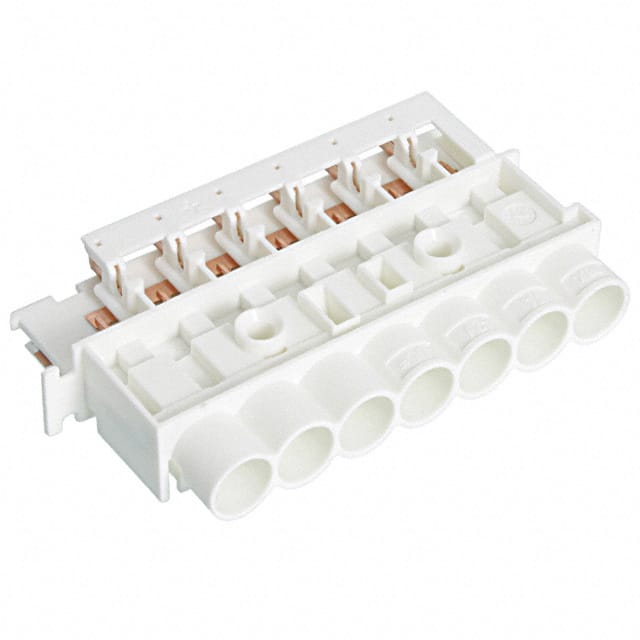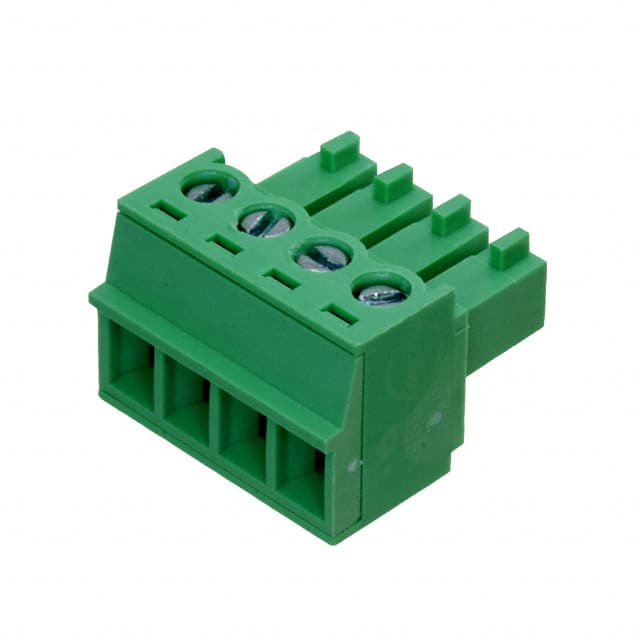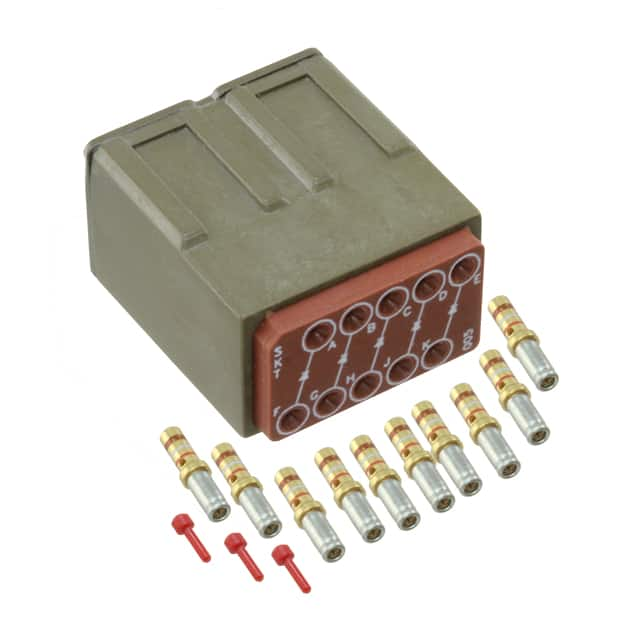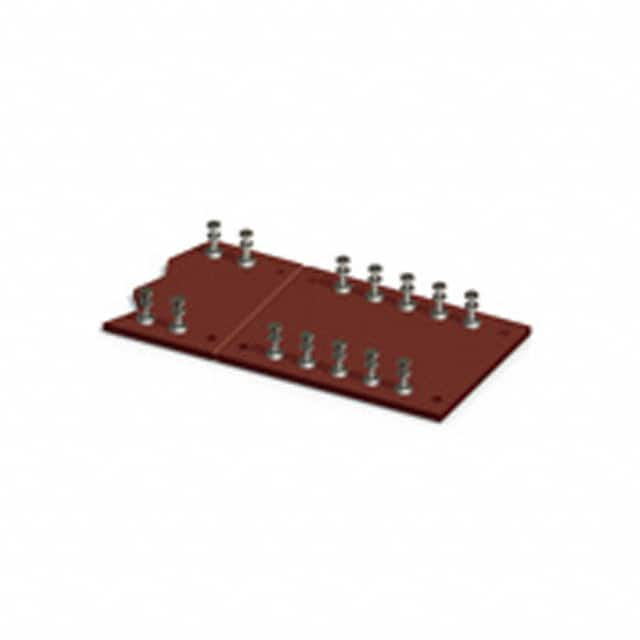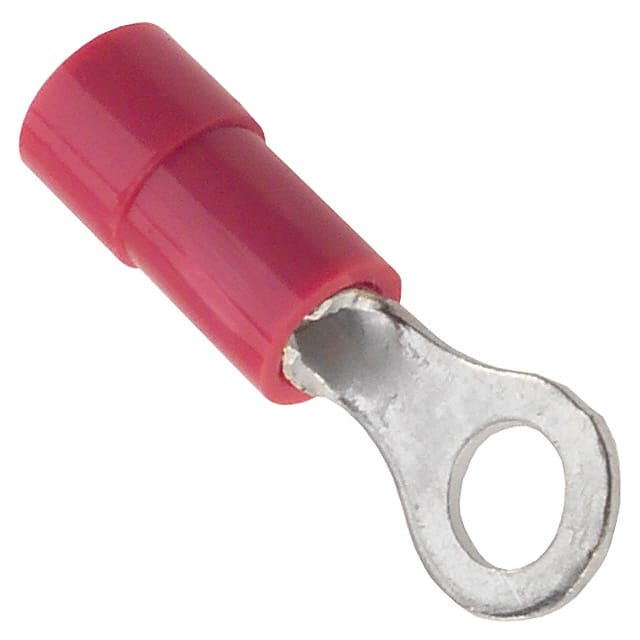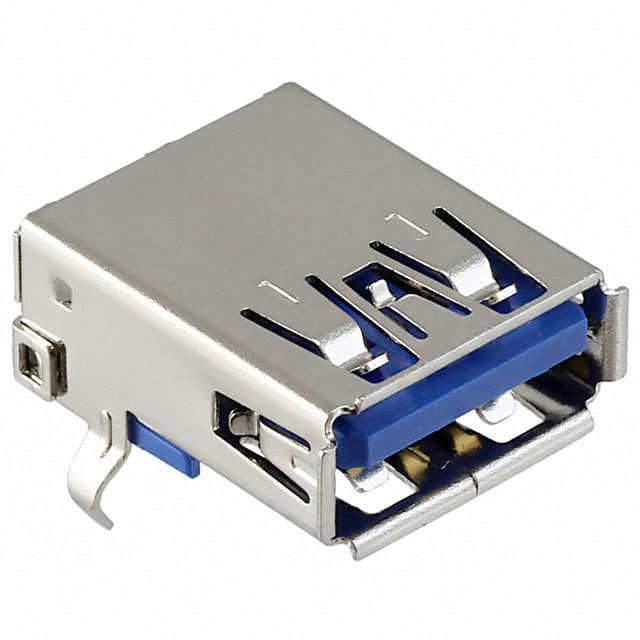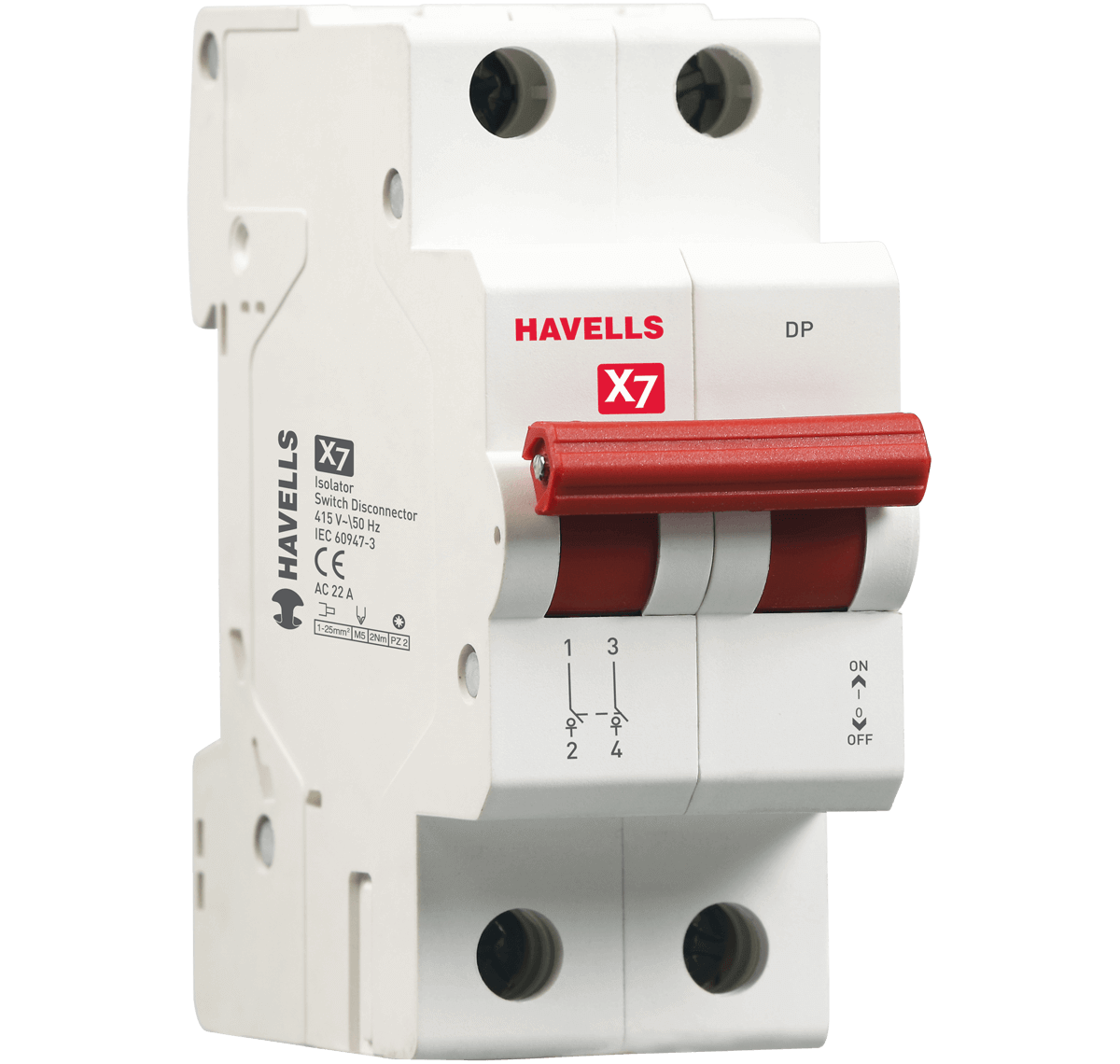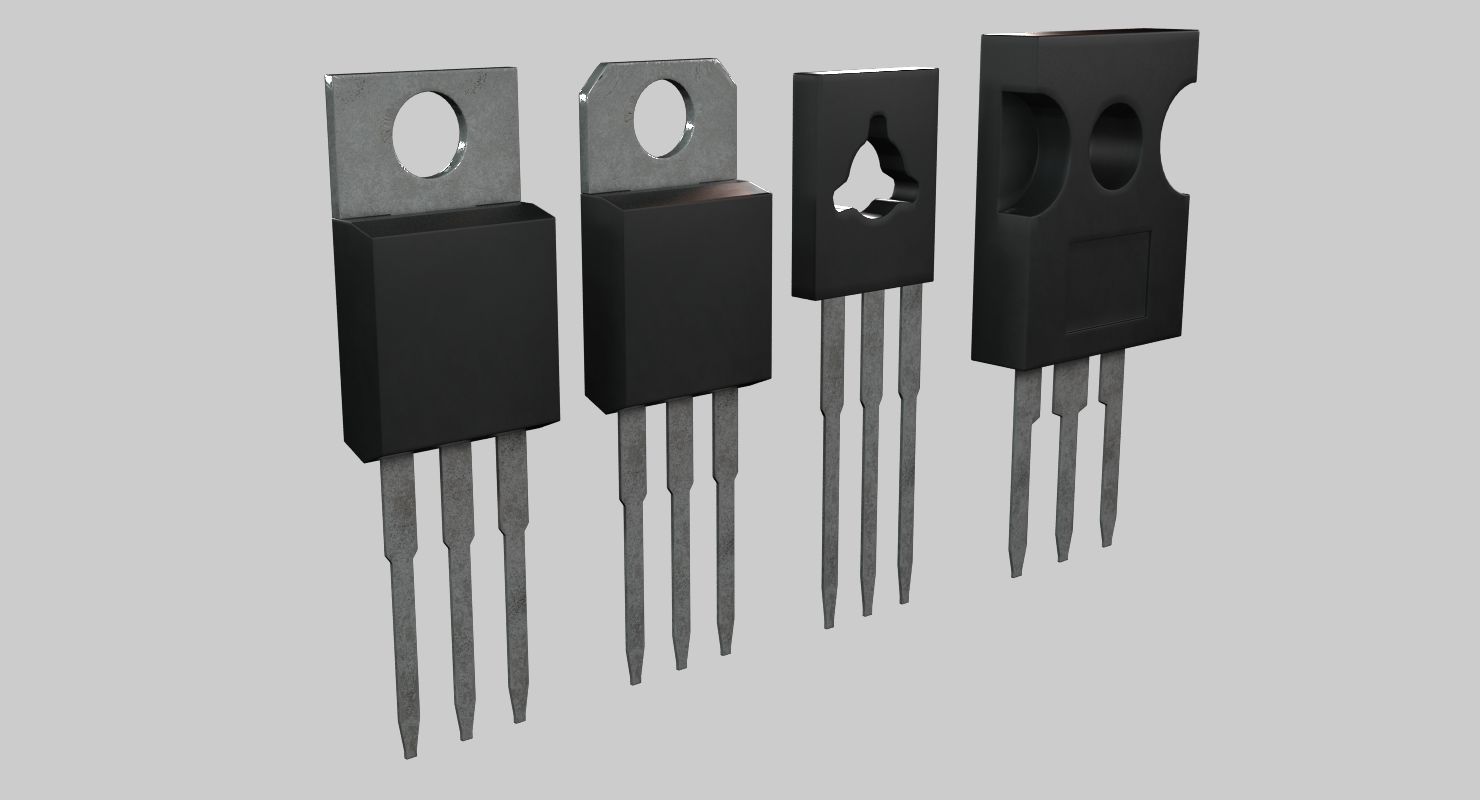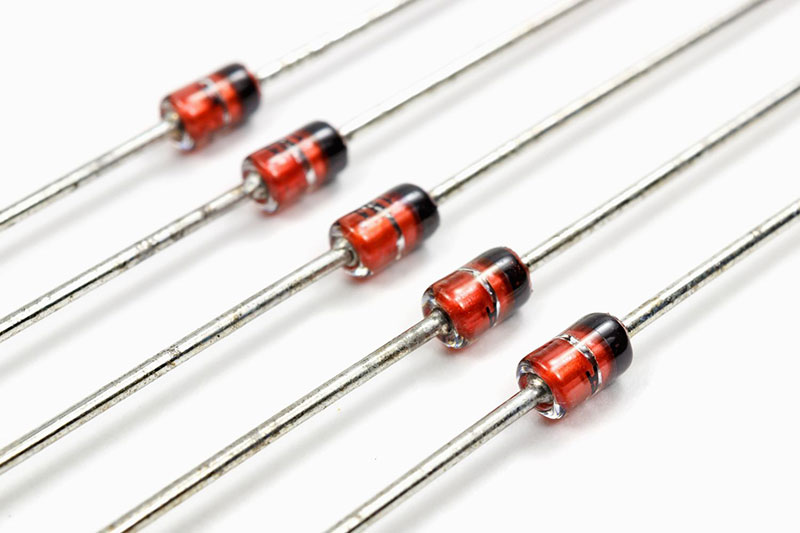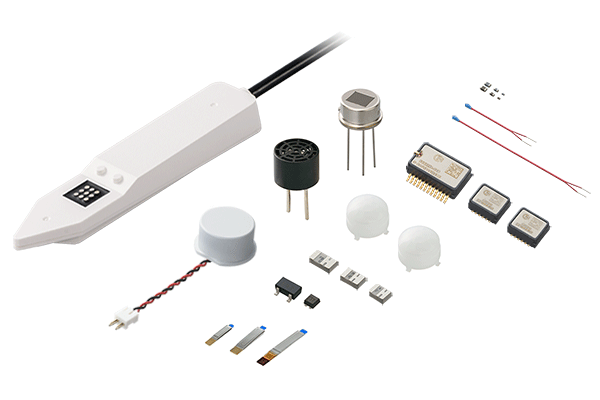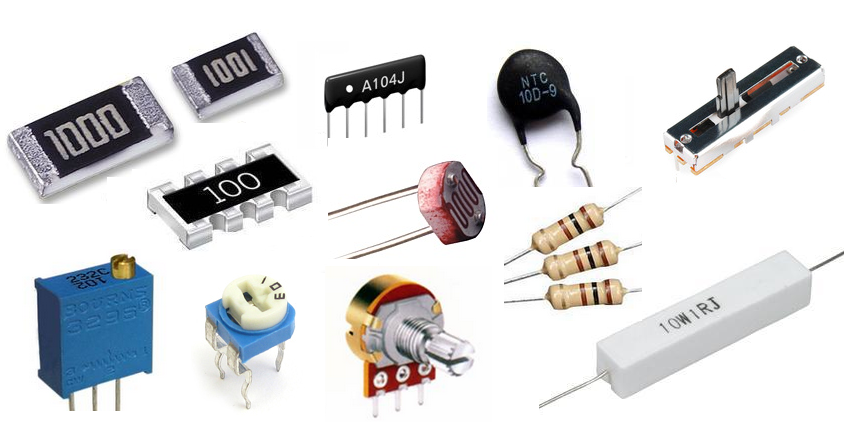What is a Connectors?
Connectors are essential electronic components used to transmit signals or power between devices in various systems. They consist of a shell, contacts, a locking mechanism, and insulating material. Connectors can be classified into circular, rectangular, printed circuit board, RF coaxial, and fiber optic connectors. They ensure reliable connections and proper positioning, while also protecting against electrical short circuits.

Connectors, also known as plug-ins. They generally refer to electrical connectors, which are devices that connect two active devices and transmit current or signals.
After contact between the male end and the female end, information or current can be transmitted, which is also called a connector.
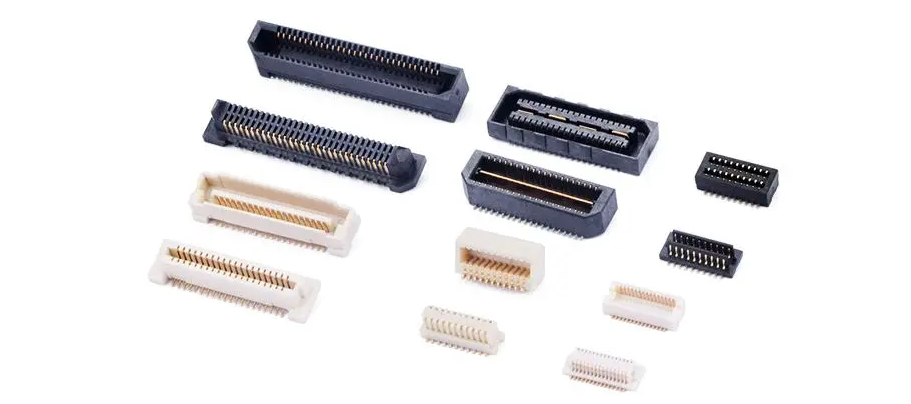
Advantages of Connectors
1. Improve the production process Connectors simplify the assembly process of electronic products and streamline mass production processes.
2. Easy maintenance If a certain electronic component fails, the faulty component can be quickly replaced when connectors are installed.
3. Facilitate upgrades With technological advancements, connectors allow for the updating of components, replacing old ones with new and improved ones.
4. Enhance design flexibility The use of connectors provides engineers with greater flexibility in designing and integrating new products and assembling systems using components.
Basic Performance of Connectors
The basic performance of connectors can be divided into three categories: mechanical performance, electrical performance, and environmental performance. Another important mechanical performance is the mechanical life of the connector. Mechanical life is actually a durability indicator, referred to as mechanical operation in the national standard GB5095. It is judged based on whether the connector can function properly (such as contact resistance value) after a specified number of insertions and withdrawals, with one insertion and one withdrawal cycle.
1. Mechanical Performance
In terms of connection functionality, insertion force and separation force (also known as extraction force) are important mechanical performance factors. The requirements for insertion force and separation force are different. Relevant standards specify the maximum insertion force and minimum separation force, indicating that from a usage perspective, the insertion force should be small (resulting in structures with Low Insertion Force (LIF) and Zero Insertion Force (ZIF)), while a too small separation force would affect the reliability of the contact. The insertion and withdrawal forces and mechanical life of connectors are related to the contact structure (normal pressure), coating quality on the contact area (sliding friction coefficient), and alignment accuracy of the contact arrangement.
2. Electrical Performance
The main electrical performance of connectors includes contact resistance, insulation resistance, and dielectric strength.
l Contact Resistance: High-quality connectors should have low and stable contact resistance. The contact resistance of connectors varies from a few milliohms to tens of milliohms.
l Insulation Resistance: Measures the insulation performance between the contact elements and between the contact elements and the shell of the connector, with magnitudes ranging from hundreds of megohms to several thousand gigohms.
l Dielectric Strength: Also known as voltage withstand or insulation voltage, it characterizes the ability of the connector's contact elements or the contact elements and the shell to withstand the rated test voltage.
l Other electrical performance factors: Electromagnetic interference leakage attenuation evaluates the electromagnetic shielding effect of the connector. For RF coaxial connectors, there are also electrical indicators such as characteristic impedance, insertion loss, reflection coefficient, and voltage standing wave ratio (VSWR). With the development of digital technology, a new type of connector called high-speed signal connector has emerged for connecting and transmitting high-speed digital pulse signals. Consequently, new electrical indicators such as crosstalk, delay, and skew have appeared in addition to characteristic impedance in terms of electrical performance.
3. Environmental Performance Common environmental performance factors include temperature resistance, humidity resistance, salt spray resistance, vibration, and shock.
l Temperature Resistance: The highest operating temperature for connectors is 200°C (except for a few high-temperature specialty connectors), and the lowest temperature is -65°C. Since connectors generate heat at the contact points during operation, causing temperature rise, the working temperature is generally considered to be the sum of the ambient temperature and the contact temperature rise. In some specifications, the maximum allowable temperature rise of the connector under rated working current is explicitly defined.
l Humidity Resistance: The intrusion of moisture and humidity affects the insulation performance of the connector and can corrode metal parts. Constant damp heat test conditions include relative humidity of 90% to 95% (up to 98% depending on product specifications) and temperature of +40±20°C, with a minimum test duration specified by product requirements of at least 96 hours. Alternating damp heat tests are even more stringent.
l Salt Spray Resistance: When connectors work in environments containing moisture and salt, the metal structural components and contact surface treatment layers may undergo galvanic corrosion, affecting the physical and electrical performance of the connectors. To evaluate the ability of connectors to withstand this environment, salt spray tests are specified. The connector is suspended in a temperature-controlled test chamber, and compressed air with a specified concentration of sodium chloride solution is sprayed to form a salt spray atmosphere, with exposure time specified by product specifications, usually at least 48 hours.
l Vibration and Shock: Vibration and shock resistance are important performance factors for electrical connectors, especially in special application environments such as aviation, aerospace, railway, and road transportation. They are important indicators for testing the robustness of the mechanical structure and the reliability of electrical contacts. Relevant test methods have specific requirements regarding peak acceleration, duration, pulse waveform, and interruption of electrical continuity time.
l Other Environmental Performance: Depending on usage requirements, other environmental performance factors for electrical connectors include sealing (air leakage, liquid pressure), liquid immersion (ability to resist specific liquids), and low air pressure.
Product Categories of Connectors
Although the categorization of connector products is somewhat confusing, from a technical point of view, there are only two basic ways to classify connector products:
l Classification by outer structure: circular and rectangular (cross-sectional);
l Classification by operating frequency: low frequency and high frequency (with 3MHz as the boundary).
According to the above classification, coaxial connectors belong to circular connectors, while printed circuit board connectors belong to rectangular connectors (historically, printed circuit board connectors were indeed separated from rectangular connectors to form a separate category), and popular rectangular connectors have trapezoidal cross-sections, which are similar to rectangles. The division of low frequency and high frequency with 3MHz as the boundary is also basically consistent with the frequency division of radio waves.
As for other types categorized by use, installation method, special structure, special performance, etc., many different types can be classified and often appear in publications and manufacturer promotional materials, but they are generally only used to highlight certain features and uses, and the basic classification still does not exceed the above classification principles.
Considering the technical development and actual situation of connectors, from their versatility and related technical standards, connectors can be divided into the following categories:

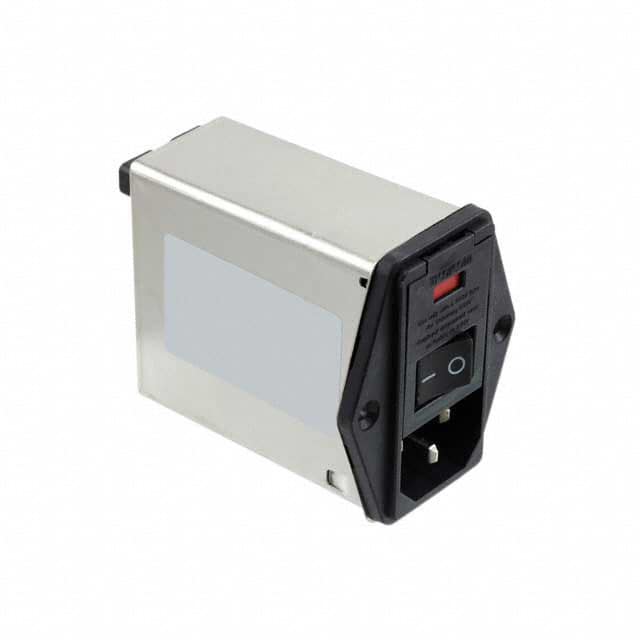
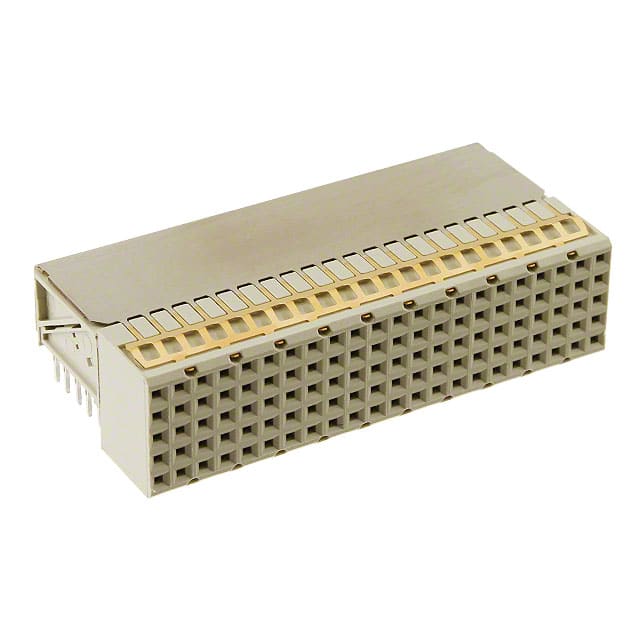
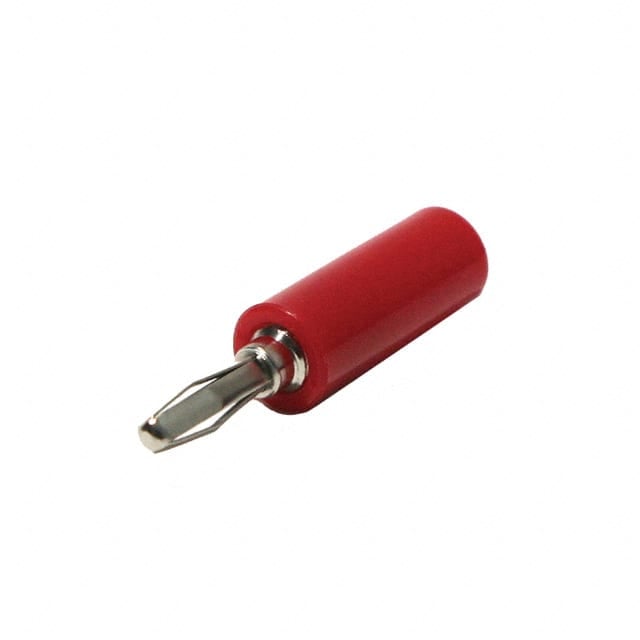
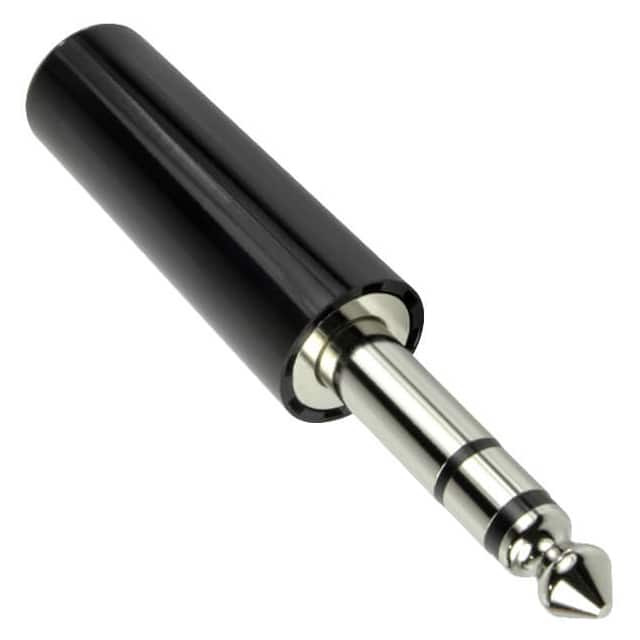
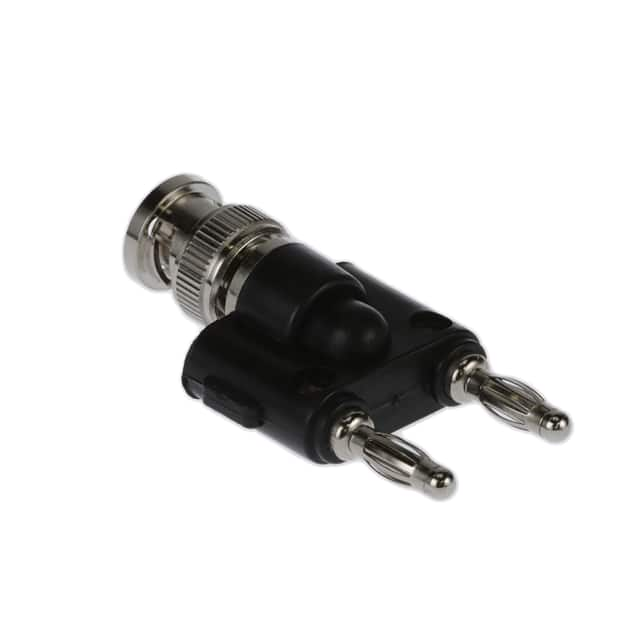
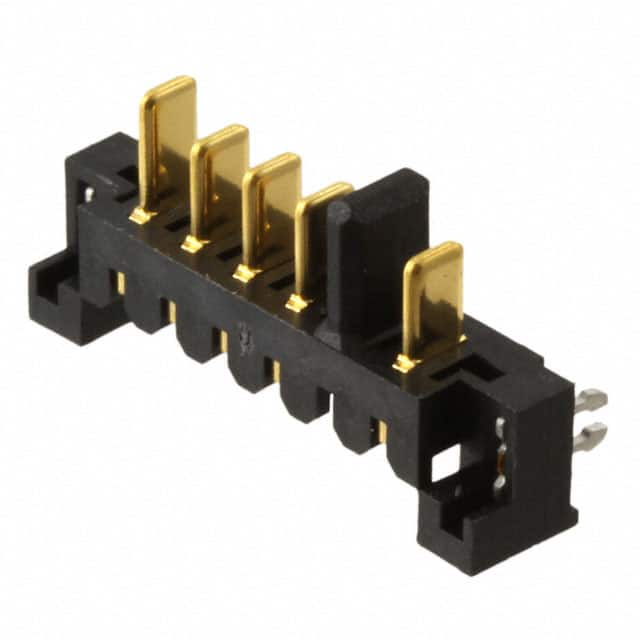
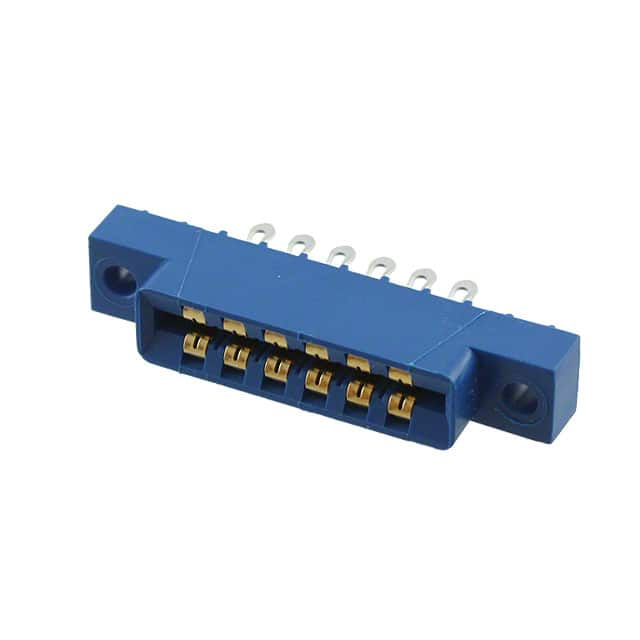
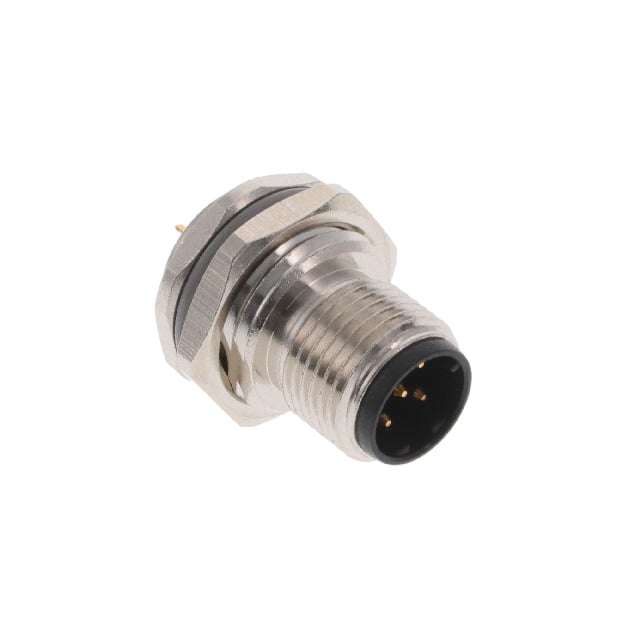
/202_Coaxial%20Connectors%20(RF).jpg)
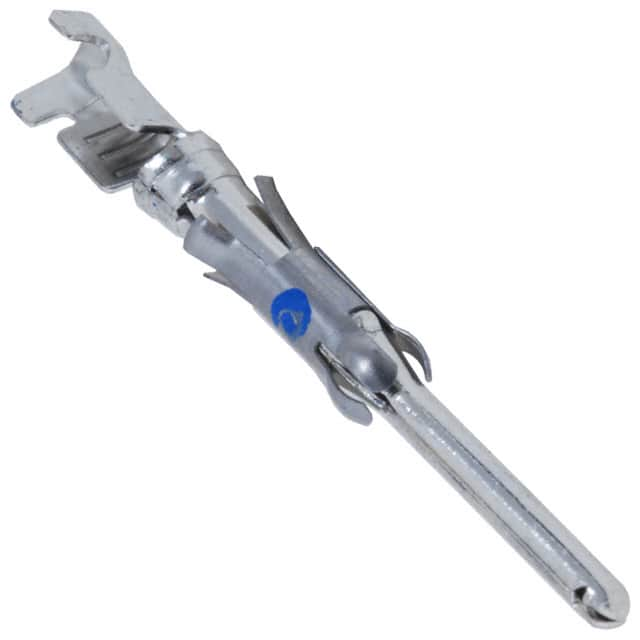
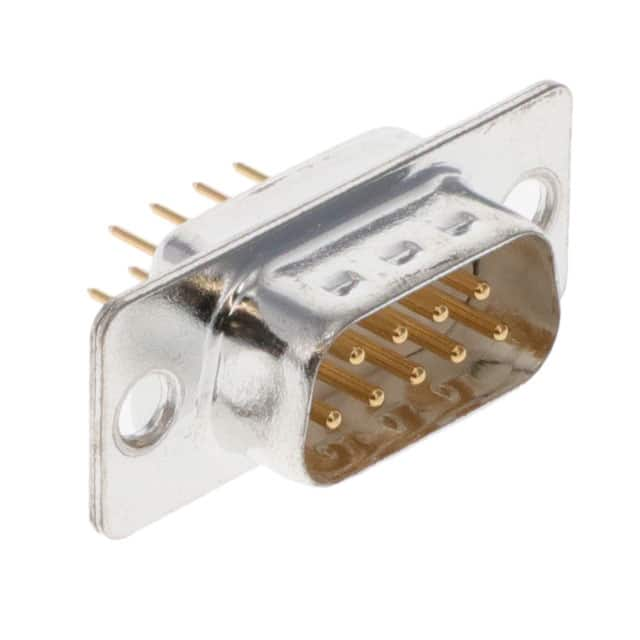
%20Connectors/205_FFC,%20FPC%20(Flat%20Flexible)%20Connectors.jpg)
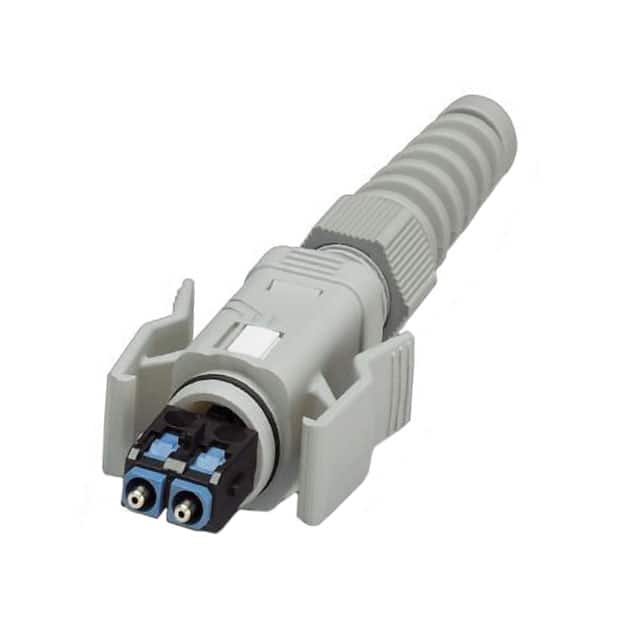
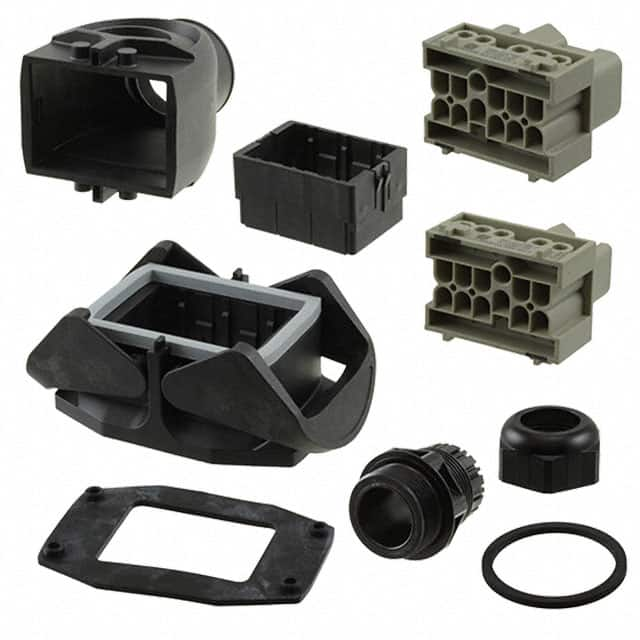
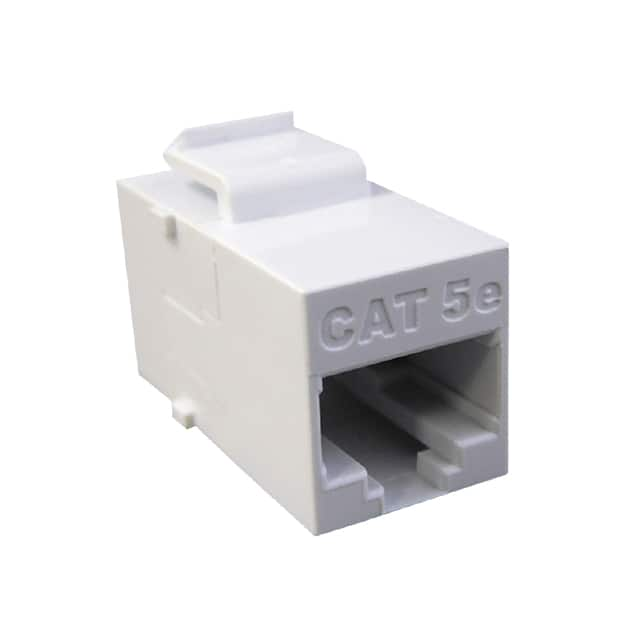
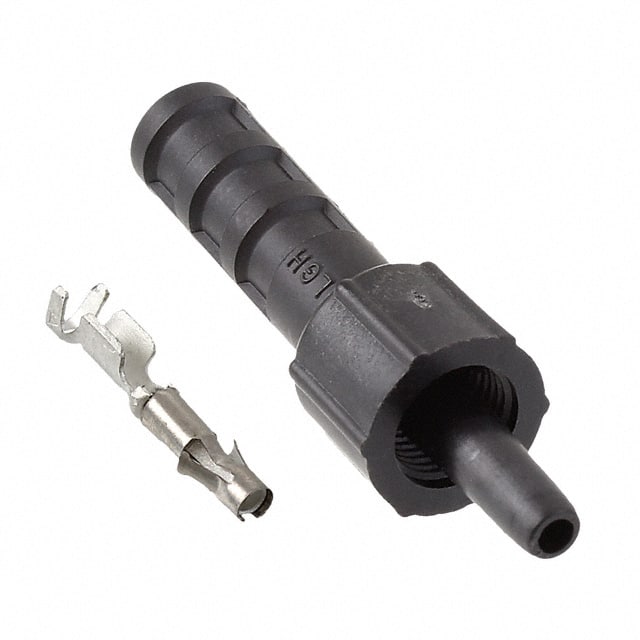
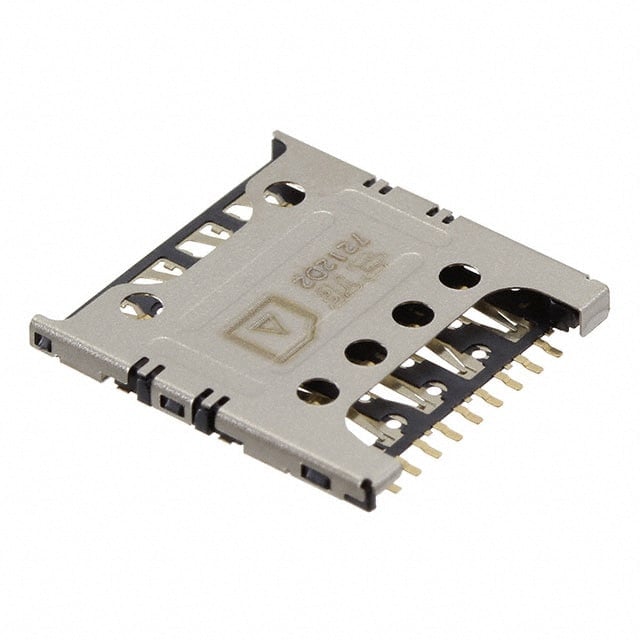
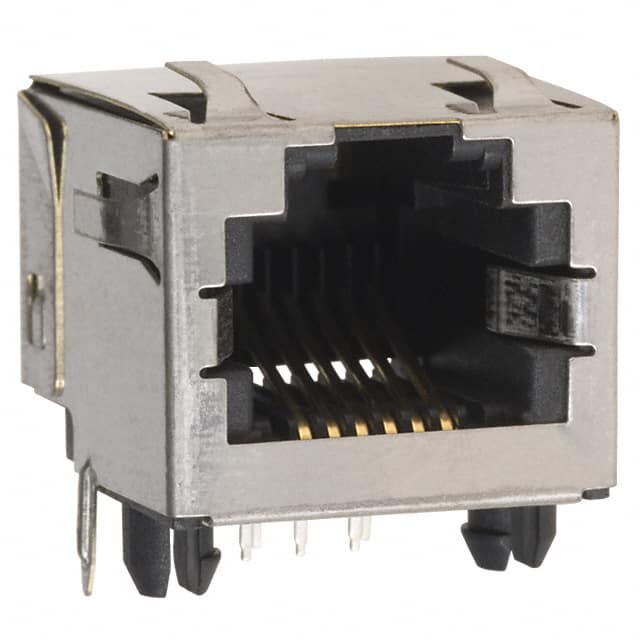
%20Connectors/212_Photovoltaic%20(Solar%20Panel)%20Connectors.jpg)
